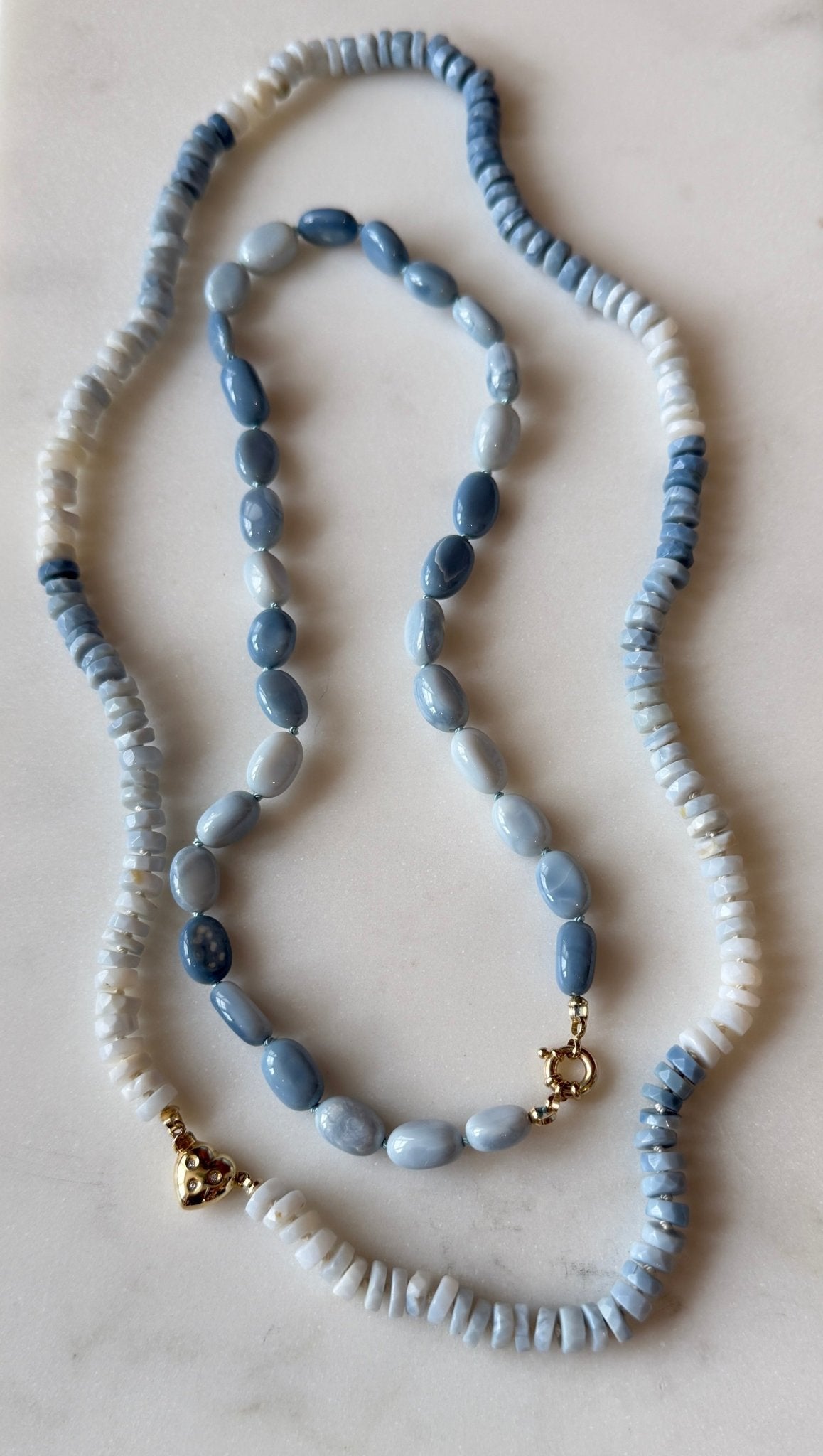
Modern Jewellery Designer Trends Shaping the Industry are redefining how people perceive, wear, and value jewelry in today s fast-evolving fashion landscape painting. Contemporary designers blue spinel bracelet are no longer restrained to traditional esthetics or techniques; instead, they are blending design, subjective verbalism, and cultural relevance to produce pieces that vibrate with modern font consumers. Jewellery has become more than an appurtenance it is a program line of identity, modus vivendi, and values, reflecting broader shifts in art, technology, and society.
One of the most noticeable trends among Bodoni font jewelry designers is the vehemence on reductivism and clean plan. Simple lines, subtle detailing, and refined forms dominate many collections, likeable to consumers who favour without surplusage. These designs are various, allowing pieces to be worn rather than restrained for specialised occasions. Minimalist jewelry often focuses on workmanship and symmetry, proving that understated designs can still carry feeling and aesthetic affect.
Sustainability has also become a defining squeeze formation modern jewelry plan. Designers are more and more reminiscent of where materials come from and how pieces are produced. Ethically sourced gemstones, recycled metals, and environmentally responsible for practices are now key considerations. This shift reflects development consumer sentience and demand for transparentness, pushing designers to ordinate creativeness with responsibleness while maintaining high-quality standards.
Personalization and customization are another powerful trend influencing the industry. Modern consumers seek jewellery that tells their write up, commemorates milestones, or reflects person title. Designers are responding by offer customizable options such as carven messages, birthstones, and modular pieces that can be altered over time. This go about creates a deeper feeling connection between the wearer and the jewellery, transforming each patch into a personal souvenir.
Technology is performin an progressively important role in Bodoni jewelry design. Advanced tools such as 3D mould and printing process allow designers to try out with structures and original forms that were once intolerable to achieve by hand alone. These technologies heighten precision and efficiency while expanding yeasty possibilities. At the same time, orthodox craft corpse extremely valued, with many designers shading Bodoni font tools with age-old techniques to achieve unique results.
Cultural and global influences are powerfully mirrored in coeval jewelry trends. Designers draw stirring from different cultures, real periods, and artistic movements, consequent in pieces that observe heritage while feeling modern font. This fusion of global creates designs that are rich in meaning and visually distinctive, appealing to an International hearing with diverse tastes and backgrounds.
Bold program line jewelry has also found its point alongside tokenish designs. Modern designers are experimenting with oversize forms, improper materials, and striking color combinations. These statement pieces are premeditated to stand up out and give tongue to confidence, often service of process as point points in an fit. Such designs foreground jewelry s role as habiliment art, stimulating traditional ideas of poise and correspondence.
Another rising sheer is sexuality-neutral jewelry, reflecting evolving perspectives on fashion and individuality. Designers are creating pieces that move beyond traditional sexuality categories, focus instead on form, texture, and personal expression. Rings, chains, and bracelets are designed to be worn by anyone, reinforcing the idea that jewellery is a universal form of self-expression rather than a gendered supplement.
The rise of digital platforms and social media has significantly influenced Bodoni font jewelry designers and their trends. Designers can now show window their work directly to global audiences, bypassing orthodox retail limitations. This visibleness encourages experiment and quicker slue cycles, while also allowing consumers to wage more closely with the plan work and mar stories.
Ultimately, Bodoni jewelry intriguer trends are formation an industry that values creativity, individuation, and right awareness. By embracing conception while respecting custom, designers are redefining what jewellery substance in the Bodoni earth. These evolving trends insure that jewellery remains under consideration, communicatory, and profoundly wired to the lives and values of those who wear it.



